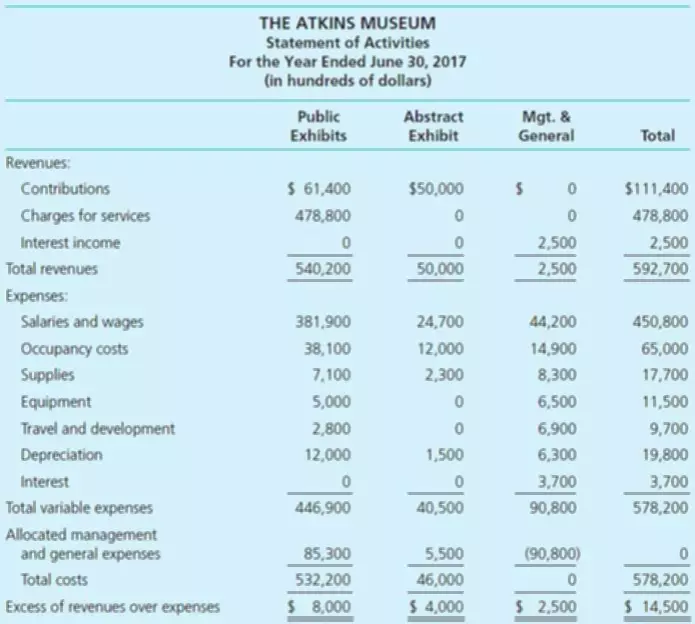Content
- Data Migration
- The #1 Online Course for Growth Investing Interviews
- Cash Accounting vs. Accrual Accounting
- How do SaaS startups recognize revenue from annual contracts that are paid upfront?
- Pay your entire team in one click with mass payments
- SaaS Accounting: Finances For A Subscription Model Company
- Building Scalable Financial Architecture

Every SaaS company needs to have the right SaaS accounting system from the first day of operation. That said, SaaS accounting can be a whirlwind for most SaaS startups and even established companies. No matter what stage a business is in, it has to keep track of the cash inflows and outflows. These articles and related content is the property of The Sage Group plc or its contractors or its licensors (“Sage”).
The contract should explicitly define what services are offered, the period of providing these services, and the rights and obligations of each party. Churn rate tracks the percentage of clients who stop using your product in a given time. It’s essential to keep tabs on your churn rate as it helps you understand customer retention and satisfaction rate and whether your marketing and customer service efforts are paying off. Accounting standards are guidelines and principles that enable your business to record and analyze your financial status in transparency. Failure to follow these principles and standards can leave your business open to inaccurate financial health status and forecasts, which for the most part is destructive.
Data Migration
But you should definitely be doing custom financial reporting, at the very least, to create a clear view of both GAAP and SaaS financial metrics. Along with the functional benefits of good accounting, having your startup financials in order streamlines the process of raising venture capital funds or preparing your business for an exit. The answer to this question involves accrual accounting, which is the best way for startups to handle their accounting.

The Rule of 40 should not be taken as a definitive metric and should be used in conjunction with other financial and operational metrics to evaluate the performance and potential of a SaaS startup. It serves as an indicator of customer satisfaction, their perceived product value, and the efficacy of retaining and upgrading customers. For founders and venture capitalists, NDR provides insights into a startup’s health, growth potential, product-market fit, and profitability prospects. This is where a founder, their sales team, their accounting system and their SaaS accountant need to be in tight sync! Companies recognize revenue when the service is actually delivered to the client. SaaS accounting rules state that a contract is recognized ratably over the life of the contract live/as the service is used by the customer.
The #1 Online Course for Growth Investing Interviews
Ask questions as they come up throughout the month so you can address them proactively. At a time when businesses are more data-driven than ever, leaders from across the organization are demanding more from finance and accounting teams. The right infrastructure, technology, and processes can help elevate SaaS accounting from its traditional bean counter stereotype to strategic partner in growing an organization.
- They will establish the methods for presenting, analyzing and interpreting that data.
- By following this framework, companies can create a more sustainable growth trajectory that’s equipped to meet the challenges of today’s macro environment.
- Accounting methods differ on the basis of when the revenue is recognized.
- They may choose to renegotiate their contract with you or leave your business for a competitor.
- This is one of the most difficult recent changes that SaaS companies have to think about vis a vis their accounting.
- Improved accessibility means that added features for accessibility improve inclusion and usability.
- To learn how an outsourced CFO service for SaaS businesses offers a complete solution for every stage of growth, schedule an introduction to Driven Insights.
With certain types of automation software used by SaaS companies, your business can reduce its fraud risks and errors and automate its global regulatory compliance, including tax compliance. For example, Tipalti AP automation software helps prevent fraudulent invoice payments and IRS fines by validating suppliers through tax ID (TIN numbers). Tipalti also applies over 26,000 rules to payments to reduce errors by 66%. To run your business well, saas accounting SaaS companies need to understand cash timing and their burn rates by forecasting and tracking their cash flows and expenses for cash management and financing purposes. And study your cash flow statements for issues and business trends relating to cash. ASC 606 (jointly issued by the FASB—Financial Accounting Standards Board and IASB—International Accounting Standards Board) and IFRS 15 are both titled Revenue from Contracts with Customers.
Cash Accounting vs. Accrual Accounting
Accrual accounting for SaaS company is necessary because of subscription business and software as a service models comprising mostly routine charges, mixed with one-off fees and upfront payments. Cash basis accounting is the process which deals with revenue and expenses when the cash is received or paid. So, when you receive a payment, it is added to the ledger and subtracted when a cost is incurred. Aside from your salaried employees, most SaaS businesses have a robust sales team, meaning your payroll fluctuates month to month because of bonuses and commissions. Payroll for your sales and marketing teams can fall into your Operating Expenses category because they are costs incurred in selling and promoting your product. SaaS businesses also use different accounting tools like subscription management software and recurring billing platforms.
How do you account for SaaS costs?
The main idea is that the direct costs during the development phase associated with the SAAS application, including the ongoing license or service fees, should be capitalized. The other costs should be expensed as incurred, including any pre- or post-implementation costs.

